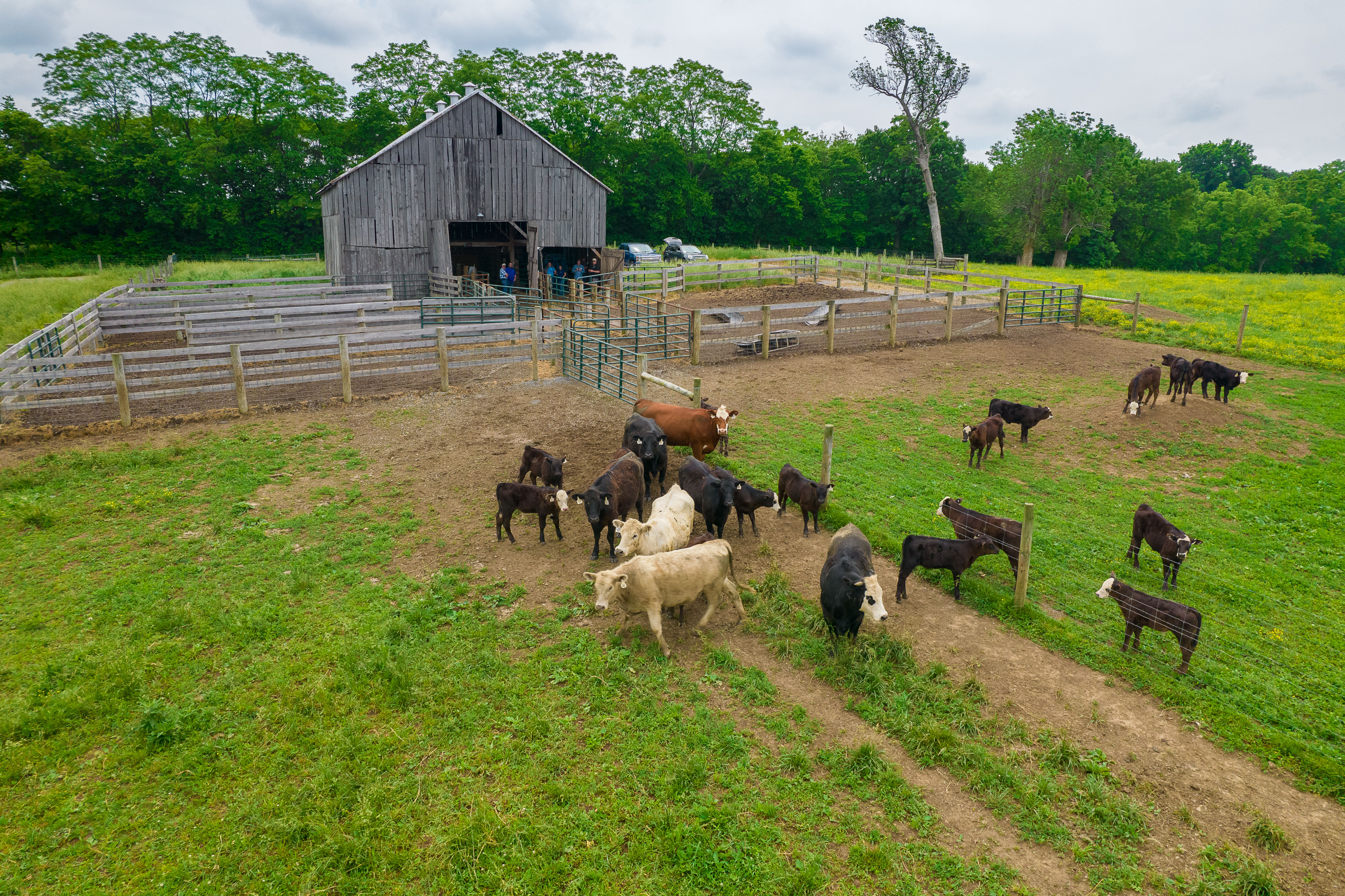Kentucky beef cow inventory lowest since 1967; hay supplies tight
Kentucky beef cow inventory lowest since 1967; hay supplies tight


Kentucky beef cow numbers dipped lower than they’ve been since 1967. This follows a national trend as the U.S. Department of Agriculture released cattle inventory estimates in January revealing a 3.5% reduction in beef cows—the lowest since 1962.
“We knew the cowherd had gotten smaller; it was really just a question of how much smaller,” said Kenny Burdine, agricultural economist for the University of Kentucky College of Agriculture, Food and Environment. “A combination of dry weather, high input costs and strong cull-cow prices caused numbers in Kentucky to shrink.”
A large portion of the United States experienced drought during 2022, which impacted hay production. Kentucky producers were also dealing with extreme weather events such as tornadoes in late 2021 and extreme flooding in summer 2022. Drought was yet another weather hurdle.
“I guess you could say it was a perfect storm. Farmers had to start feeding hay a lot earlier than usual, leading to tighter hay supplies and higher winter-feeding costs for cow-calf producers,” Burdine explained. “Winter feed is the largest expense for most cow-calf operations. Most years, producers can buy hay for $60-$80 per ton. But based on recent hay auctions in Kentucky, the same quality hay is selling for $100 per ton, or more.”
Burdine said those higher costs result in a significant increase in daily feeding costs. With expenses that high, some producers chose to reduce their numbers. Cattle markets have been mixed but have trended stronger over the last few weeks.
“Going into spring, I think this stronger market trend will continue for calf and feeder markets,” Burdine said. “Also, with feedlots preferring to place heavier feeder cattle, that increases the value of pounds added to Kentucky cattle and creates opportunities for cow-calf and backgrounding/stocker operations to profit by taking cattle to higher sale weights.”
With Kentucky’s typically strong forage base, Burdine said producers can use grazing to add pounds to cattle at an even lower cost.
“We are fortunate to have the ability to use multiple feeds stuffs in Kentucky and are typically blessed with excellent forage” he said. “That creates opportunities for feed-based and grazing-based programs. While weather will certainly play a factor going forward, both cow numbers and heifer retention estimates suggest that calf crops are going to keep getting smaller in the near term, which should provide some much-needed support for prices.”
Agricultural Economics



